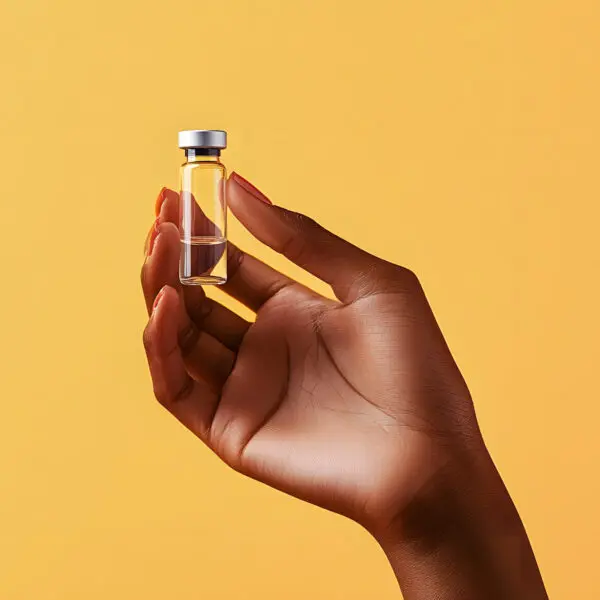Blood dumping is an essential part of testosterone replacement therapy (TRT) and hormone replacement therapy (HRT). This practice can help manage potential side effects like polycythemia and an increase in red blood cell counts that can raise risks of blood clots and strokes if not correctly handled. Traditionally, therapeutic phlebotomy removes excess blood volume routinely. However, at PUR-FORM, we use an innovative approach that harnesses the discarded blood to produce autologous platelet lysate containing potent growth factors that promote cell growth, healing, and regeneration. The platelet lysate can then be re-infused intravenously the same day, providing a way to control polycythemia while amplifying the therapeutic benefits of testosterone itself (by reintroducing the growth factors that would have otherwise been discarded during conventional blood dumping).
What Is Platelet Lysate?
Platelet lysate is made of tiny cell fragments that play a vital role in blood clotting and wound healing. It is also a bioactive stockpile for growth factors – powerful proteins that regulate tissue regeneration and repair. At PUR-FORM, we utilize it in our cellular therapies. Disrupting platelet membranes can release and concentrate these growth factors into a “platelet lysate” solution. This solution can be returned to the patient intravenously, delivering a potent regenerative boost.
We have a unique and rapid method of obtaining the platelet lysate. Most facilities need to process the platelets overnight, but we can process them in about two hours before they are ready to be returned to the patient. For this procedure, we only utilize the platelets, discarding red and white blood cells and most of the plasma.
Regenerative Effects of Platelet Lysate
Autologous platelet lysate can provide numerous benefits when derived from a patient’s blood and re-infused intravenously. Some of the growth factors include:
- Platelet-derived growth Factor (PDGF): Upregulates antioxidant defenses to protect cells from oxidative damage and delay cellular senescence.
- Vascular Endothelial Growth Factor (VEGF): Activates longevity pathways like sirtuins and nitric oxide production to enhance stress resistance and encourage anti-aging.
- Insulin-Like Growth Factor (IGF): Ramps up the PI3K/AKT pathway to prevent apoptosis and muscle wasting with age.
- Epidermal Growth Factor (EGF): Promotes proliferation of skin cells to maintain youthful appearance and regeneration.
- Transforming Growth Factor Beta (TGF-β): Potent anti-inflammatory effects mitigate chronic inflammation involved in aging diseases.
- Platelet Factor 4 (PF4): This growth factor enhances muscle stem cell activation and promotes quicker regeneration of muscle tissue after injury or aging.
- Klotho Protein: A longevity-associated protein that heightens cellular antioxidant capacity and prevents oxidative stress, a primary aging driver.
Furthermore, growth factors like PDGF, TGF-beta, VEGF, and others play a vital role in recruiting stem cells and promoting the formation of new blood vessels at injury sites, thereby accelerating the tissue repair process.
People with higher levels of klotho protein circulating in their blood tend to live longer, healthier lives with a lower risk of age-related diseases like heart disease, diabetes, and Alzheimer’s. Maintaining healthy klotho levels is emerging as an essential factor for longevity and preventing age-related health issues.
It’s important to note that blood dumping regularly while on TRT or HRT is generally safe and beneficial for most healthy individuals. This stimulates the bone marrow to regenerate blood components that are beneficial to health and give a sense of overall well-being.
As you can see, platelet lysate has a wide variety of beneficial effects, and it should be utilized—not thrown away!
If you’re interested in having a consultation about TRT and our innovative Men’s Health programs — you can book a consultation here.














